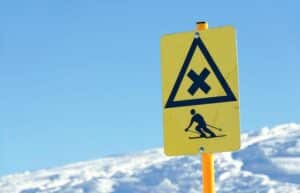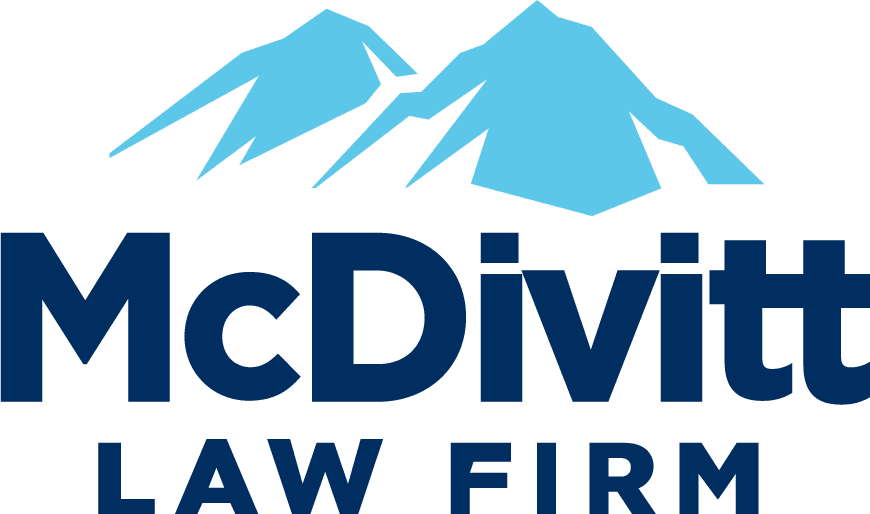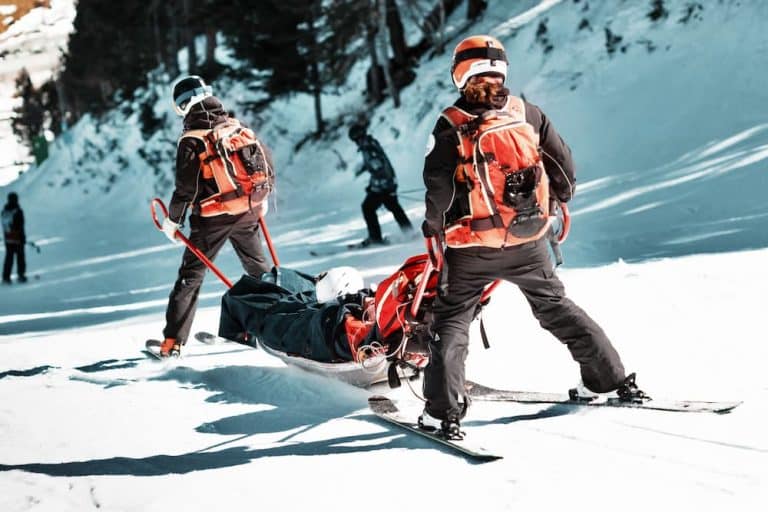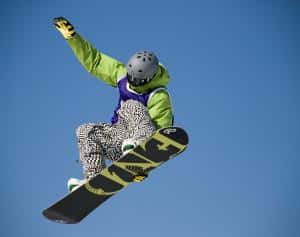 It’s winter time in Colorado, or for many, ski and snowboarding season. While skiing is a fun pastime, it does have its risks. Of some interest is the Colorado Supreme Court’s recent decision to hear argument on whether or not an avalanche within designated ski trails or ski areas is an inherent risk of skiing.
It’s winter time in Colorado, or for many, ski and snowboarding season. While skiing is a fun pastime, it does have its risks. Of some interest is the Colorado Supreme Court’s recent decision to hear argument on whether or not an avalanche within designated ski trails or ski areas is an inherent risk of skiing.
Ski Safety Act
Colorado enacted the Ski Safety Act in 1979 to establish safety standards not only for the operation of ski areas, but also for the skiers. This law goes into detail defining the responsibilities of both the ski area operators and skiers. The Act also limits legal action by a skier to recover damages from a ski area operator for injuries sustained from any of the “inherent dangers and risks of skiing.”
Fleury v. IntraWest Winter Park Operations Corp. and Inherent Risks
The Colorado Supreme Court has decided to hear argument on the issue of whether an avalanche is an inherent dangerous risk of skiing under the Ski Safety Act in Fleury v. IntraWest Winter Park Operation Corp.
In that case, Ms. Fleury sued IntraWest, the operator of Winter Park Resort, for negligence and wrongful death of her husband who was killed by an avalanche while skiing inbounds at Winter Park. Ms. Fleury claims that IntraWest caused her husband’s death by failing to warn about the possibility of avalanches or failing to close the particular run where the avalanche occurred.
What is Inherent Risks?
“Inherent dangers and risks of skiing” are defined in the Ski Safety Act as dangerous conditions associated with skiing. This includes weather conditions, snow conditions, surface conditions, and the steepness and terrain. Avalanches, however, are not mentioned in the definition.
The court of appeals decided in Fleury that avalanches fit the definition of “inherent dangers and risks of skiing.” The court stated that the list of snow conditions included in the Act are a broad range of examples and that the Act had been amended throughout the years to further limit a ski area operator’s liability for ski-related injuries within the bounds of a designated ski area.
However, a dissenting judge stated the statute should be read as is, and that the examples cited in the Act “describe types of snow by the snow’s physical properties or source,” which an avalanche is not. It is now up to our supreme court to decide if avalanches are an inherent risk to skiing. If so, ski area operators will not be liable for a skier’s injuries sustained in an avalanche.
Avalanche Safety
McDivitt Law Firm hopes all skiers this season ski safely and are on alert for any avalanche warnings. To check for avalanche warnings you can go to the Colorado Avalanche Information Center. This information is important for any winter mountain sport you may be interested in including skiing, hiking, or ice climbing.
If you are a backcountry skier, please be aware of the unpredictable nature of snow conditions as this area is neither watched nor controlled. For more information regarding backcountry avalanche safety check out the National Ski Patrol.


